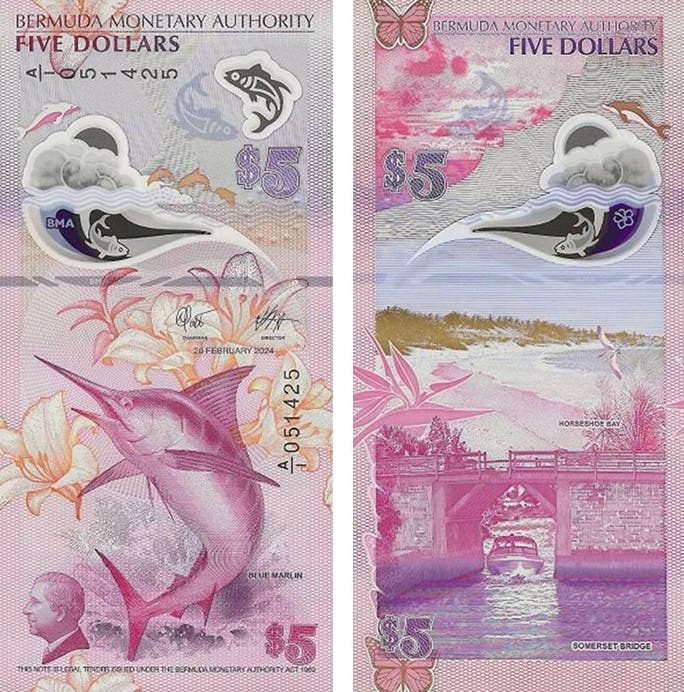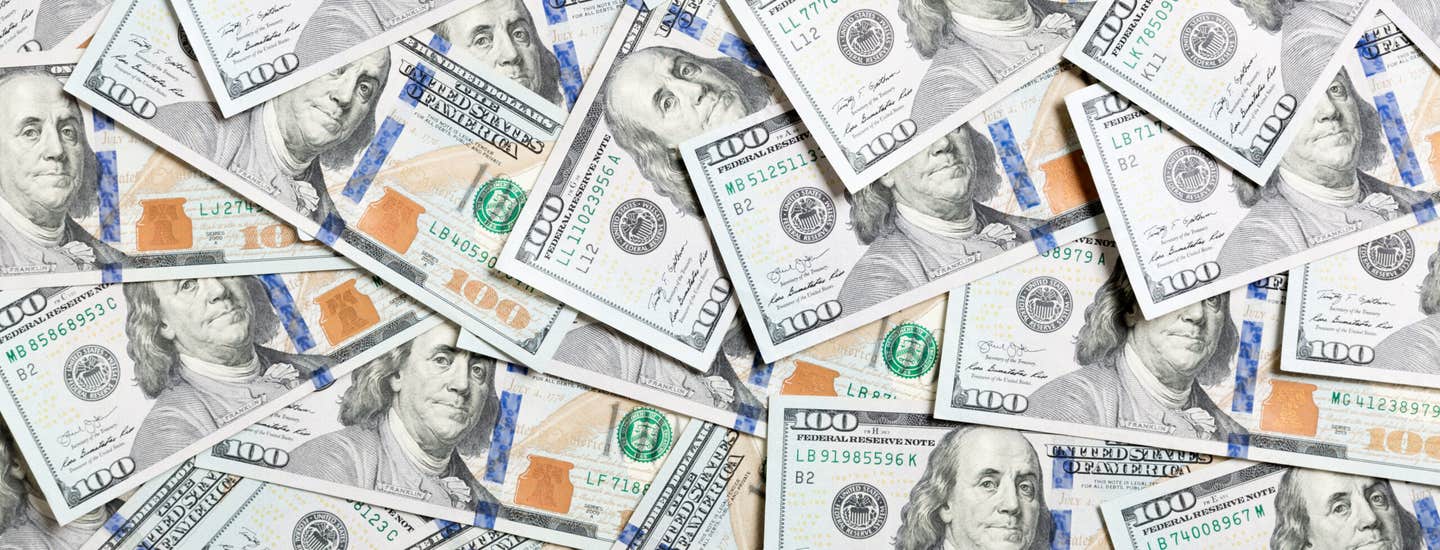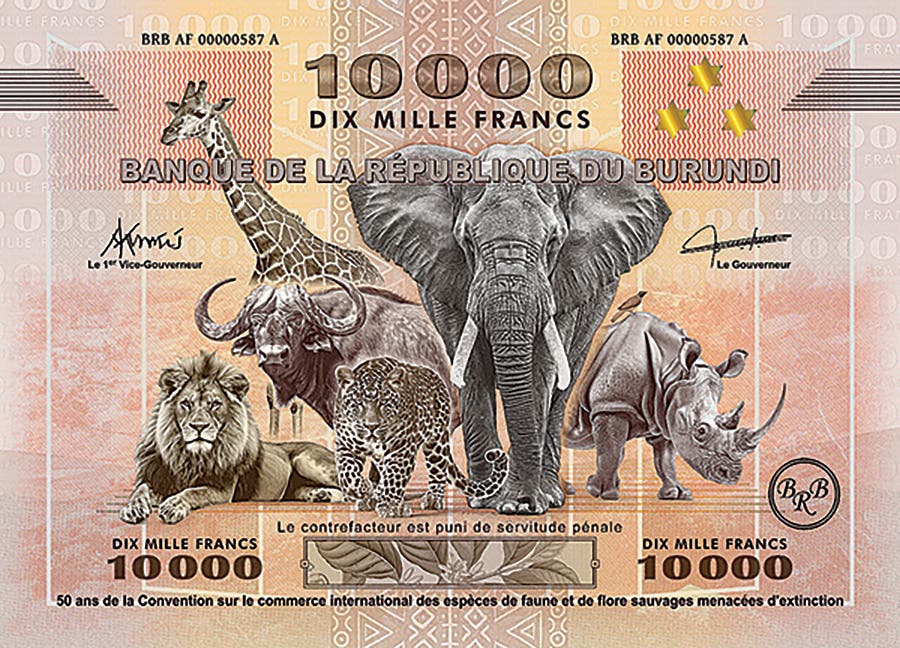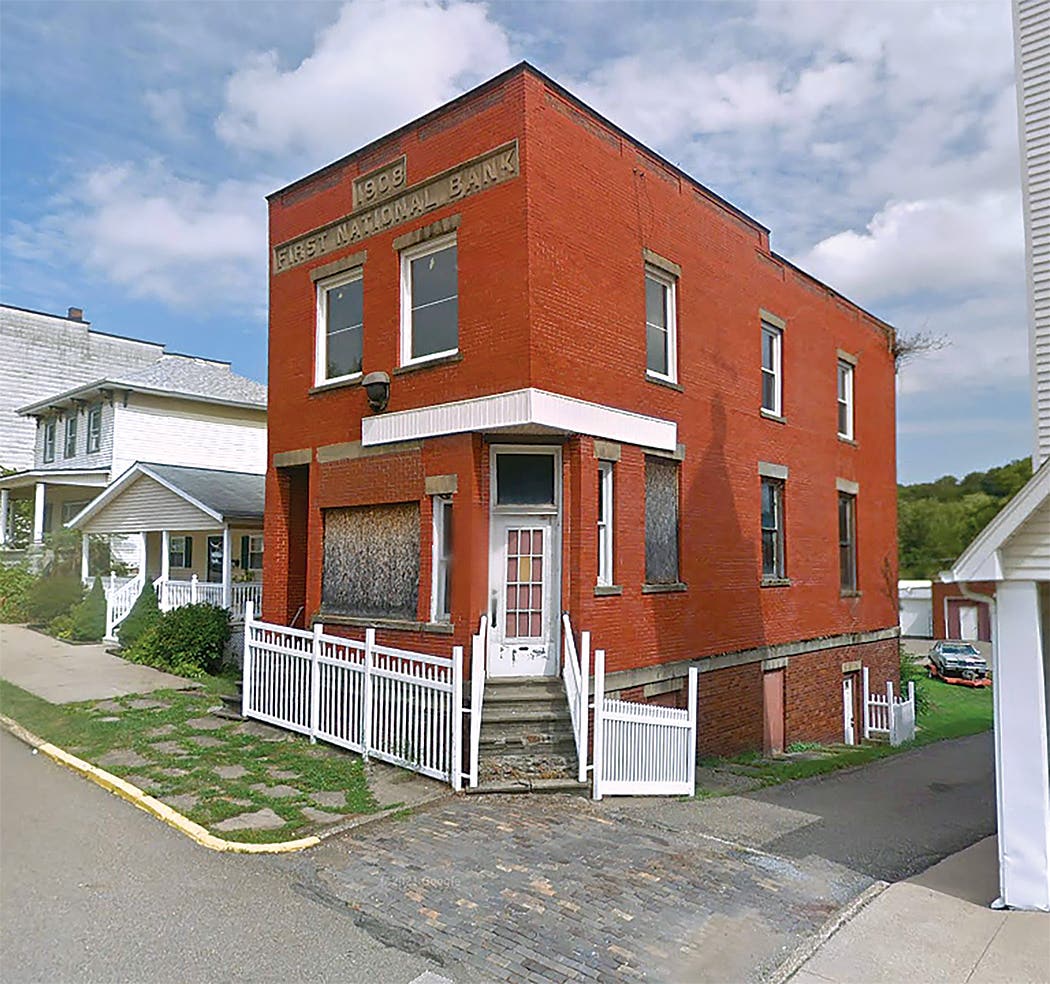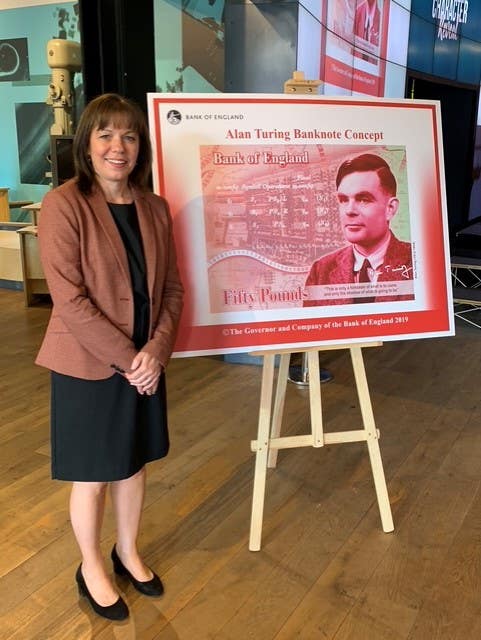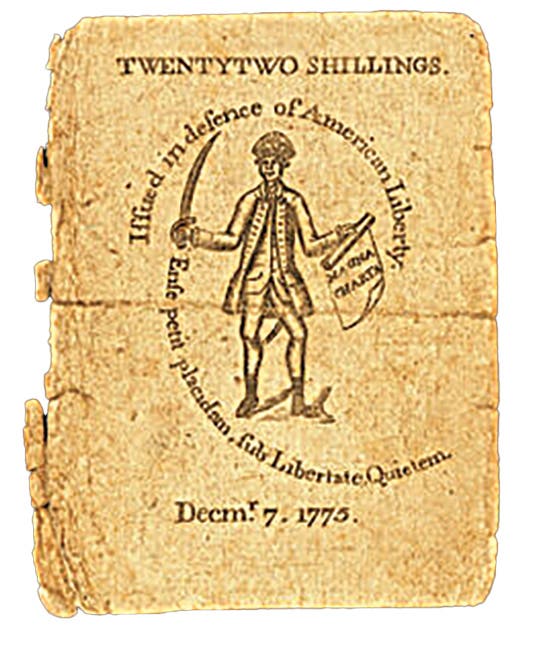Collecting Counterfeit Currency
Do you collect counterfeits? Well, the Secret Service says you can’t collect U.S. Counterfeits, but you can collect Confederate States of America counterfeits. They aren’t U.S. currency, but we have…
Do you collect counterfeits? Well, the Secret Service says you can’t collect U.S. Counterfeits, but you can collect Confederate States of America counterfeits. They aren’t U.S. currency, but we have a lot of interest in Confederate currency and that includes Confederate counterfeits. Who counterfeited them? Well, I suspect some were counterfeited below the border of the United States and the Confederacy, but the United States counterfeited them as a weapon of war. We learned that trick from the British who counterfeited our Continental currency in an effort to undermine our economy. That was the same motive our government had, to weaken the economy of the Confederacy. The Civil War contributed to our hobby in a number of ways. Numerous efforts were used to keep our economies going. Tokens and medals are numerous in the city, state and national efforts to provide us with currency and coinage. Encased postage and postal envelopes all provided means of making change while widespread hoarding of gold and silver called out for remedies. Our fractional currency was counterfeited as well. Southern States issued a wealth of paper currency, which had been dropped by our states due to circulation taxes on private note issuers before the war. Confederate counterfeits are well represented in Heritage and other auction providers. The counterfeiting by the British also provides counterfeits of Continental currency for us to collect. These are legal to collect as they are not legal tender. The presence of counterfeits in the Continental currency provided my incentive to purchase Eric Newman’s epic book, The Early Paper Money of America. He provides lists of all the counterfeits. When I began collecting Colonial and Continental Currency, I wanted legitimate notes. To protect myself I bought his book. It is coming out in a new edition since his death. Mainly with updated prices. All his editions, however, provide valuable information including what issues were counterfeited as well as who signed the various issues and he lets us know which issues were signed by noted Americans, such as signers of the Declaration of Independence, members of the Continental Congress, and other dignitaries. His book, in my opinion, is the finest piece of numismatic literature in my library.
On the modern side of things, I continue to see high condition, relatively common modern notes selling for premium prices. A 1957 B, one dollar silver certificate selling for $456 in 69 grade and a 1957 A $1 silver certificate in 69 selling for $552. As I mentioned last month, the 1957 series of $1 silver certificates were extremely well printed. If you want to submit one of yours, be sure to hold the back of the note up to a light and look at the registration comparison of the front regarding centering. The centering of the registration must be nearly perfect to obtain that high grade. The grade does not depend solely on the centering of the front of the note. It must match both sides for really high grades.
I’ll be reporting on the Long Beach Show next issue. An enormous number of fantastic notes are going up for sale, and preliminary price reporting on selling prices are continuing the trend of higher and higher prices. Contact me at billbrandimore@charter.net



